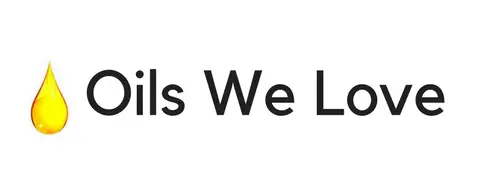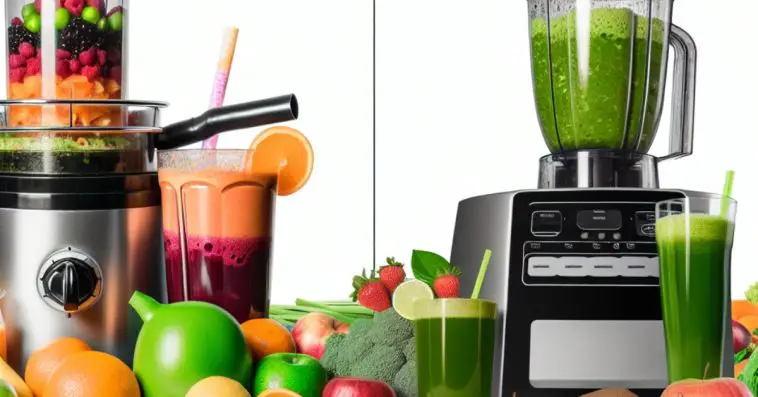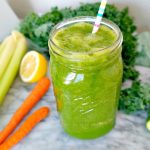Are you a woman in your 30s looking to kickstart a healthier lifestyle and embrace self-care? If so, incorporating a detox routine into your daily routine can be a great way to feel rejuvenated and revitalize your body. When it comes to detoxing, two popular methods are juicing and blending. Both techniques offer their unique benefits, so it’s essential to understand which one is better suited for you.
Let’s start by defining juicing and blending. Juicing involves extracting the liquid from fruits and vegetables, leaving behind the pulp and fiber. On the other hand, blending involves blending whole fruits and vegetables, including the fiber content.
The purpose of a detox routine is to eliminate toxins from the body and nourish it with essential nutrients. Juicing is a great option for detoxing as it retains more nutrients and enzymes compared to blending. The concentrated juice is packed with vitamins and minerals, promoting better absorption and digestion.
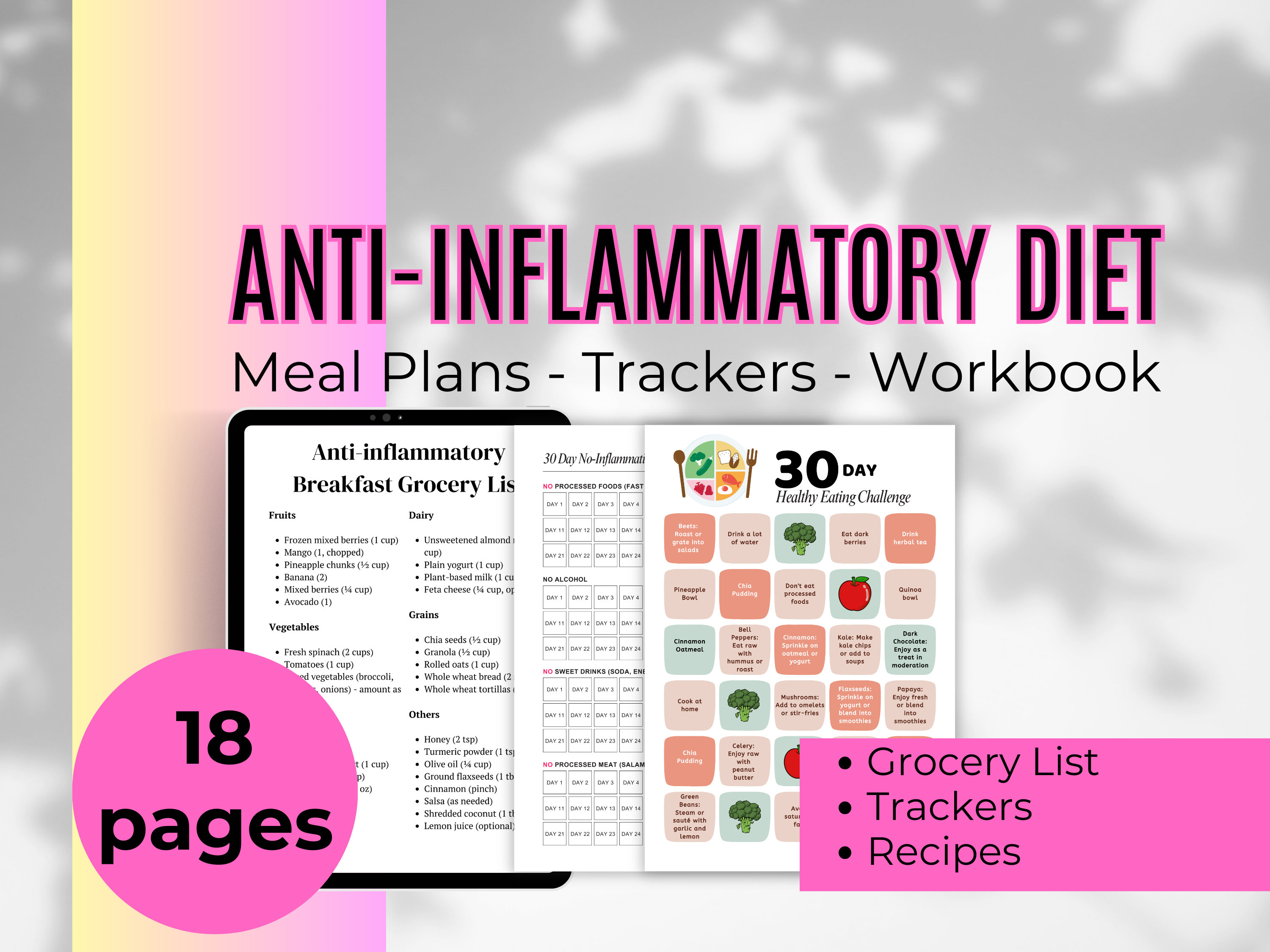
- 2-Week anti-inflammatory meal plan.
- 45 Foods that Cause Inflammation
- 31 Things to Avoid on Food Labels
- Grocery Lists. Challenges. Symptoms Tracker
However, blending is also a fantastic choice for a detox routine. Blending preserves the fiber content, which aids in maintaining healthy digestion and gut health. The fiber also provides sustained energy throughout the day, keeping you feeling fuller for longer.
When deciding between juicing and blending, it’s vital to consider your personal preferences, lifestyle, and health goals. If you prefer a smoother texture and are looking for a quick nutrient boost, juicing may be your go-to option. However, if you enjoy a thicker consistency and want to incorporate more fiber into your diet, blending is the way to go.
Additionally, availability of ingredients and equipment is a factor to consider. Juicing may require investing in a juicer, while blending can be done with a regular blender or even a personal blender.
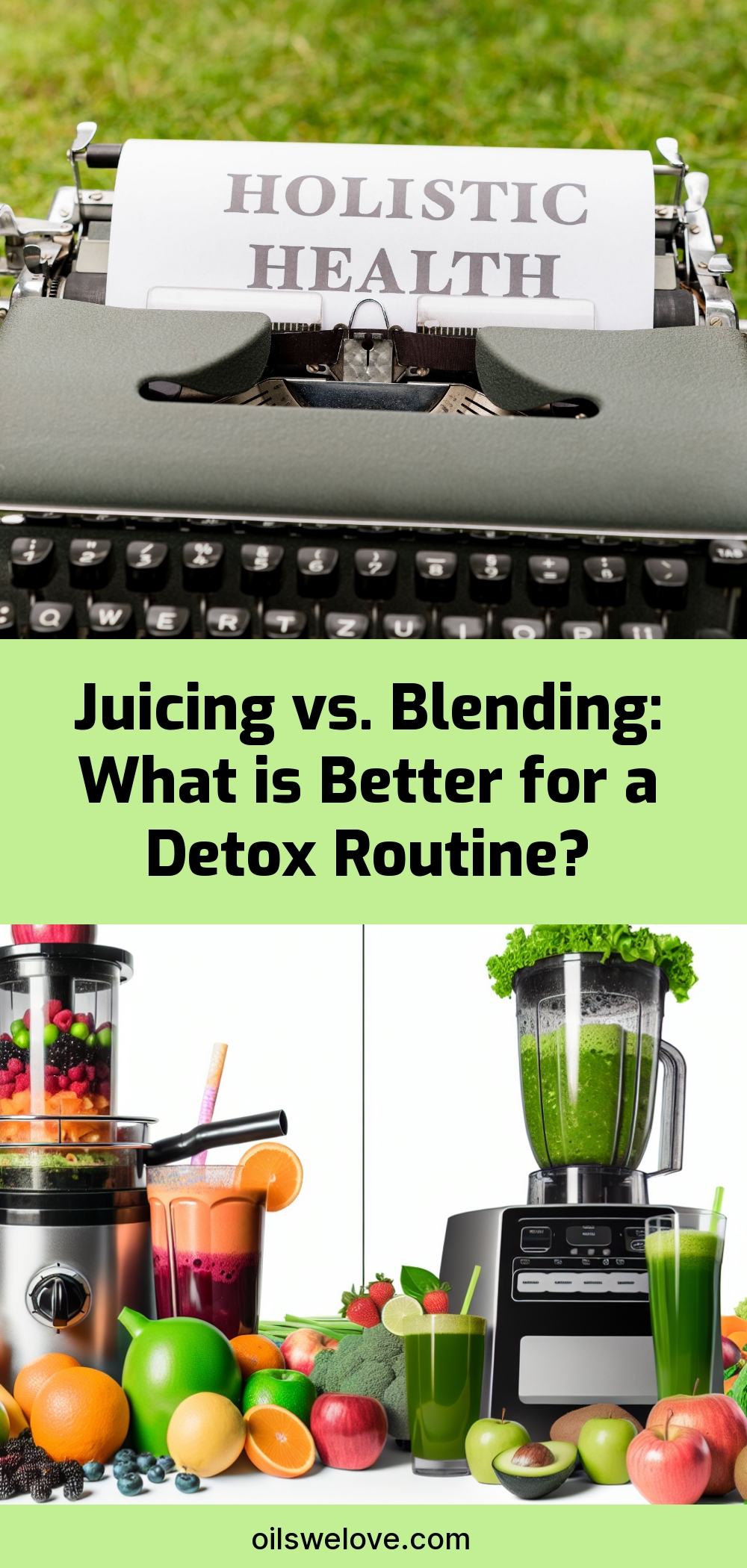
Juicing for Detox: Retaining Nutrients and Boosting Vitality
When it comes to detoxifying our bodies, many people turn to juicing as a means to cleanse and revitalize. Juicing involves extracting the liquid from fruits and vegetables, leaving behind the fiber. This method allows for a higher concentration of vitamins and minerals to be consumed in a single serving.
Pro tip: To maximize the benefits of juicing, opt for organic produce whenever possible to avoid ingesting harmful pesticides.
One of the key advantages of juicing for detox is that it retains more nutrients and enzymes compared to blending. The juicing process breaks down the plant fibers, making it easier for our bodies to absorb the vital nutrients locked within. This means that the vitamins and minerals present in the fruits and vegetables are readily available for utilization by our cells.
Furthermore, juicing provides a higher concentration of essential nutrients, making it an excellent choice for those looking to replenish their body’s nutrient reserves. By consuming a variety of fruits and vegetables in liquid form, you can easily consume a powerhouse of vitamins and minerals that would otherwise require eating a large quantity of produce.
Pro tip: For an extra boost of nutrients, consider adding superfoods such as spirulina, chia seeds, or wheatgrass to your juice.
Another advantage of juicing for detox is its ability to promote better absorption and digestion. The juicing process eliminates the need for our digestive system to break down the fiber, allowing for quicker absorption of nutrients into our bloodstream. This can be particularly beneficial for individuals with digestive issues or those who struggle with nutrient absorption.
Pro tip: To enhance digestion, consider adding ginger or lemon to your juices. These ingredients are known for their digestive benefits.
While juicing offers numerous benefits for detox, blending also has its merits. Blending involves blending whole fruits and vegetables, including the fiber. This method preserves the fiber content, which is essential for gut health and healthy digestion.
Pro tip: To increase fiber content, include fruits and vegetables with skins, such as apples or cucumbers, in your blends.
Blending for detox provides a sustained release of energy throughout the day. The fiber in blended drinks slows down the absorption of sugar into the bloodstream, preventing blood sugar spikes and crashes. This steady energy release can help you stay focused and energized throughout the day.
Pro tip: To further stabilize blood sugar levels, add a source of healthy fat, such as avocado or coconut oil, to your blended beverages.
Blending for Detox
On the other hand, blending is another excellent option for detox routines. Blending involves blending whole fruits and vegetables, including the fiber, into a smoothie-like consistency.
Here’s why blending can be beneficial for detox:
- Preserves fiber content: Unlike juicing, blending retains the fiber content of fruits and vegetables. Fiber is essential for maintaining a healthy digestive system and promoting regular bowel movements, which can aid in the elimination of toxins.
- Provides sustained energy throughout the day: The fiber in blended drinks helps slow down the release of sugars into the bloodstream, providing a steady and sustained source of energy throughout the day.
- Supports healthy digestion and gut health: The fiber in blended drinks acts as food for the beneficial bacteria in your gut, promoting a healthy gut microbiome. A healthy gut is essential for optimal detoxification.
Pro tip: To boost the detoxifying effects of your blended drinks, consider adding ingredients like ginger, turmeric, or spirulina. These ingredients have potent anti-inflammatory and detoxifying properties that can enhance your detox routine.
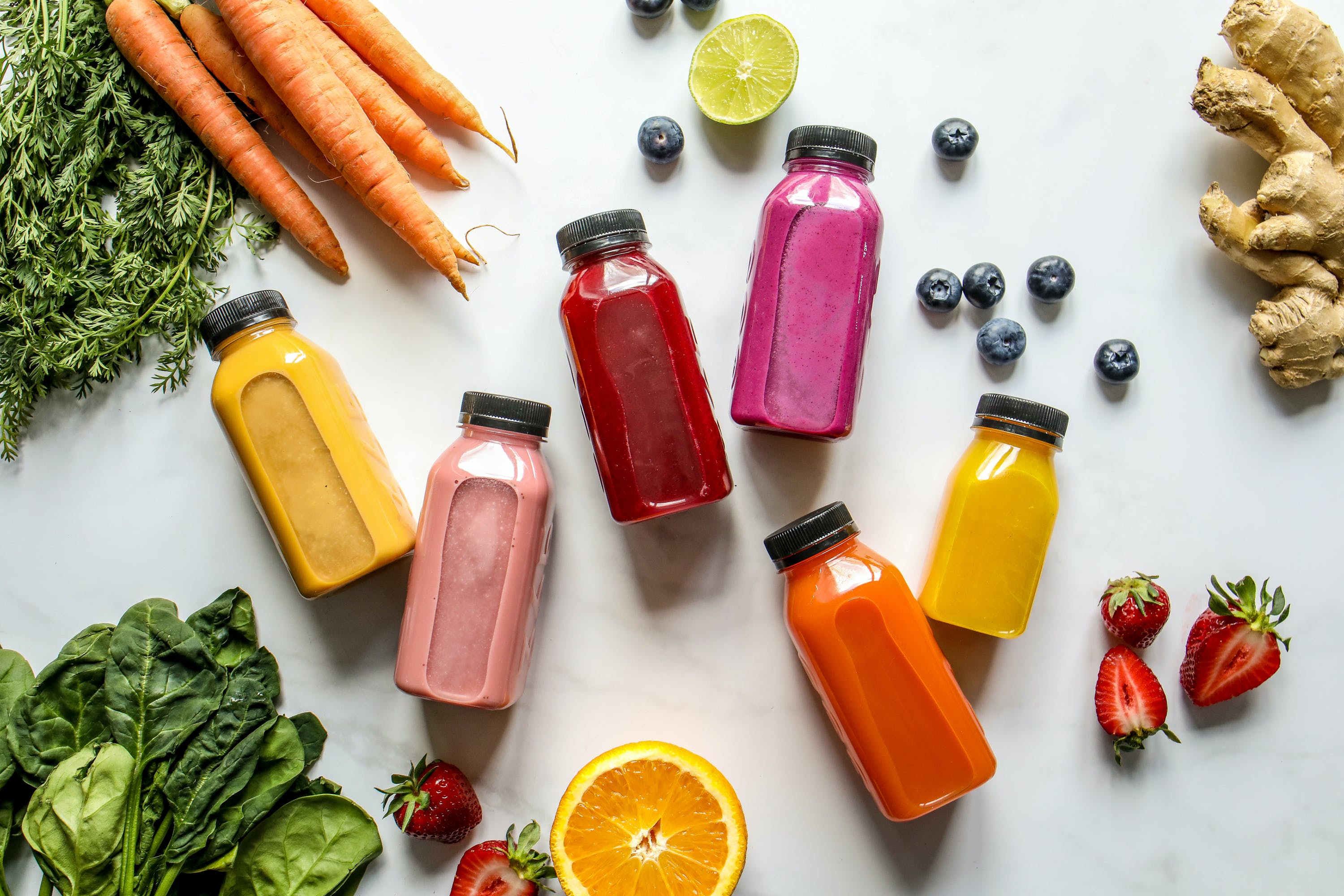
Factors to Consider
When embarking on a detox routine, it is essential to consider several factors to ensure that you choose the right method for you. By taking into account your personal preferences, health goals, and the availability of ingredients and equipment, you can create a detox routine that is both effective and enjoyable.
Personal preferences and lifestyle
One of the first things to consider when choosing between juicing and blending for detox is your personal preferences and lifestyle. Both methods have their own unique characteristics, and it’s important to choose the one that aligns with your taste preferences and daily routine.
If you enjoy the smooth, velvety texture of blended drinks and prefer to consume the whole fruit or vegetable, blending may be the better option for you. On the other hand, if you prefer the lighter, refreshing taste of juice and appreciate the convenience of a quick and easy drink, juicing might be more suitable.
Pro tip: Experiment with different ingredients and recipes to find what works best for you. Don’t be afraid to customize your detox routine to your taste preferences.
Health goals and specific needs
Another crucial factor to consider is your health goals and specific needs. Different individuals have different reasons for embarking on a detox routine, whether it’s to boost their immune system, improve digestion, or kickstart a weight loss journey.
If your focus is on achieving a higher intake of vitamins and minerals, juicing may be the ideal choice. The process of juicing extracts the liquid from the fruits and vegetables, resulting in a concentrated source of nutrients.
On the other hand, if you are looking to maintain a healthy digestive system and support gut health, blending may be more beneficial. Blended drinks retain the fiber content of fruits and vegetables, which aids in digestion and promotes a healthy gut microbiome.
Pro tip: Consult with a healthcare professional or nutritionist to determine the specific nutrients and compounds your body needs and select the detox method that aligns with those requirements.
Availability of ingredients and equipment
Lastly, it’s crucial to consider the availability of ingredients and equipment when deciding between juicing and blending for detox. Some fruits and vegetables may be more readily available in your area, making them easier to incorporate into your routine.
Furthermore, the equipment needed for juicing and blending can vary. Juicers are specifically designed to extract juice from fruits and vegetables, while blenders are versatile machines that can also be used for making smoothies and sauces.
Pro tip: Do some research on local grocery stores and farmers markets to determine the availability of fresh produce. Additionally, consider the space and budget you have for purchasing and storing equipment.
By considering your personal preferences, health goals, and the availability of ingredients and equipment, you can make an informed decision about whether juicing or blending is the right method for your detox routine. Remember, the key is to choose the method that is sustainable, enjoyable, and aligns with your unique needs and preferences.
In conclusion, both juicing and blending can be effective methods for detoxifying your body. By understanding the differences between the two and considering your personal preferences, health goals, and ingredient availability, you can choose the method that best suits your needs. So whether you opt for the nutrient-packed juices or the fiber-rich smoothies, both options can help you on your journey to a healthier, detoxified you.
